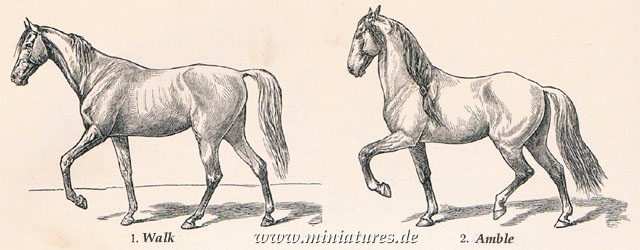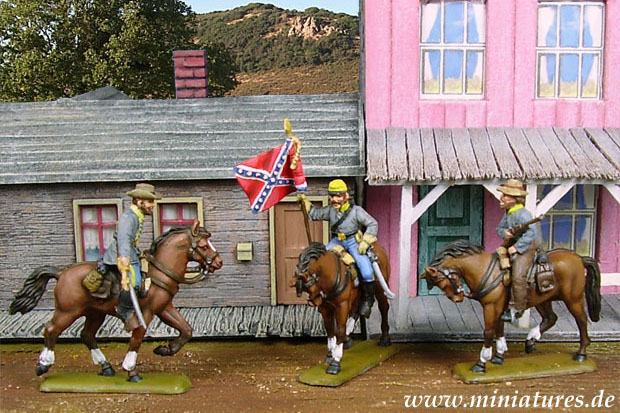Pace

Pace (step), in marching, s. march, and speed; as a unit, see unit of measure; in horsemanship, s. riding off.
Source: Rumpf, H. F.: Allgemeine Real-Encyclopädie der gesammten Kriegskunst (Berl. 1827)
Step (pace), the placing forward of one foot when walking. A free, spacious step, that can be performed over long distances with the least possible effort is of great military importance. The length and duration of a step depends primarily on the size and strength of the person walking, as well as on the condition of the ground and the slope of the terrain. German infantry commonly marched “Marsch!” (and parade stepped) 114 paces of 0.80 m length in 1 minute (= 91,20 m); in quick march (when advancing to effect a charge) 120 paces of 0.80 cm were executed; in running step (»Laufschritt!«, Engl. double march, double time), i.e. during the coordinated run of a formation, the length of a step was to be 0.75 to 0.90 m, depending on the terrain, and the unit of time 170–180 paces per minute; in full charge (»Marsch! Marsch!«) every man ran as fast as possible while still maintaining formation.
The Austrian army executes 115 paces of 0.75 m per minute in common march, the Italian army 120 paces of the same length; an exception is made by the Bersaglieri, whose march is more like running than walking. French infantry covers 120 paces of 0.75 m per minute, Russian infantry 118–122 paces of 0,71 to 0,89 m; Swiss infantry 116–120 paces of 0,80 m and British infantry 128 paces of 0,84 m. According to German views, increasing the length of the pace, and especially the speed of march is more harmful than useful when covering longer distances, because the small gain in time is more than outweighed by the resulting fatigue of the troops, which adversely affects post-march combat effectiveness, particularly the shooting performance.
The individual pedestrian (tourist) with a pace of 0.75 to 0.80 m takes 11-15 minutes to cover 1 km, depending on the walking speed. Among 256 students the smallest pace was 67, the longest 97 cm, the most common pace being 78 cm, the mean of all observations was 80.7 cm.

With horses, neither the length of the step nor the number of paces per minute can be determined. The illustration compares the walking gait to the amble.

Plans and maps scaled at 1:100,000 and below typically include a scale of paces; before using it, information about the underlying length of a pace is required. In any case a scale of meters or kilometers appear to be more appropriate.
Source: Meyers Großes Konversations-Lexikon, 6. Auflage 1905–1909